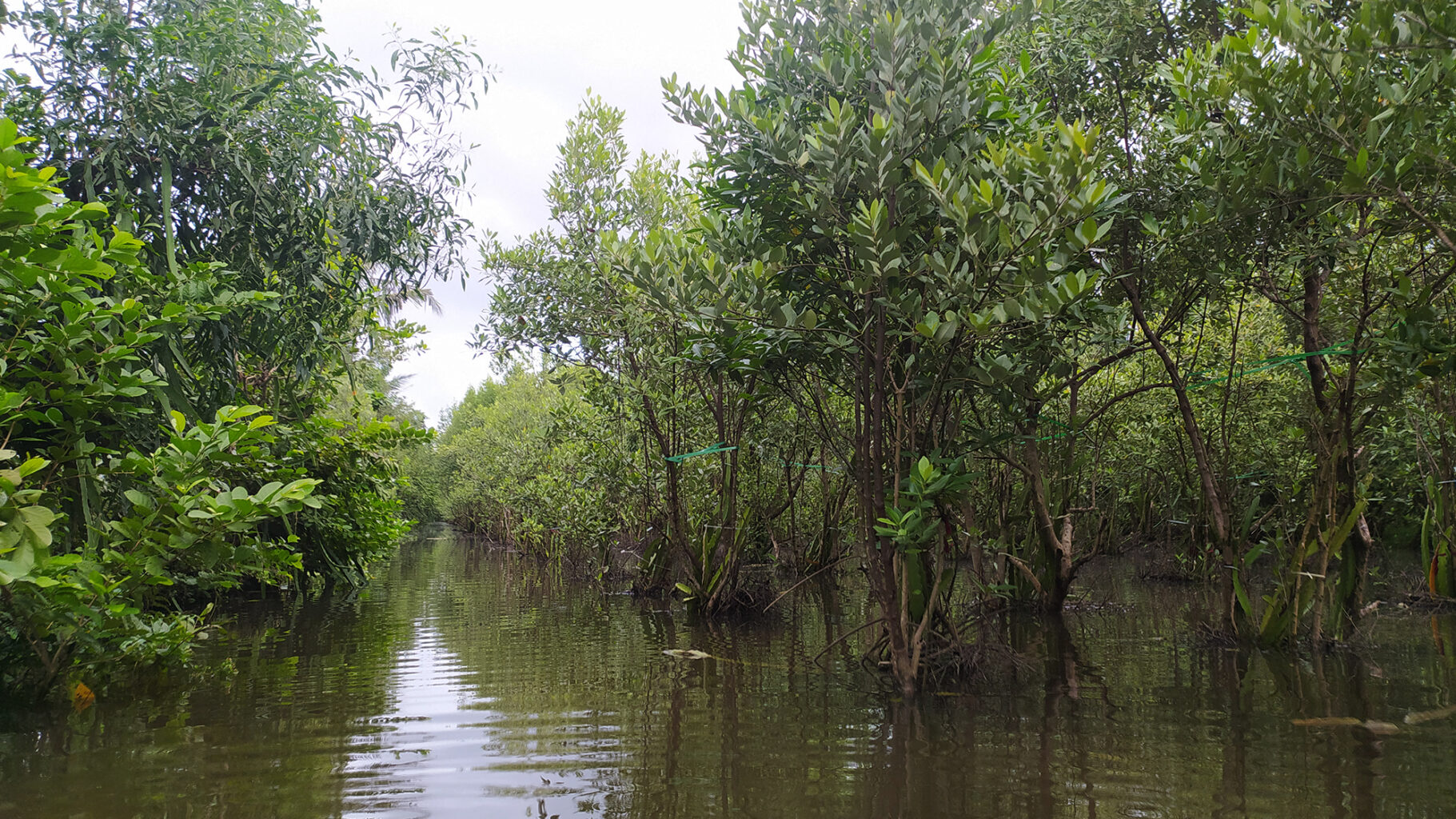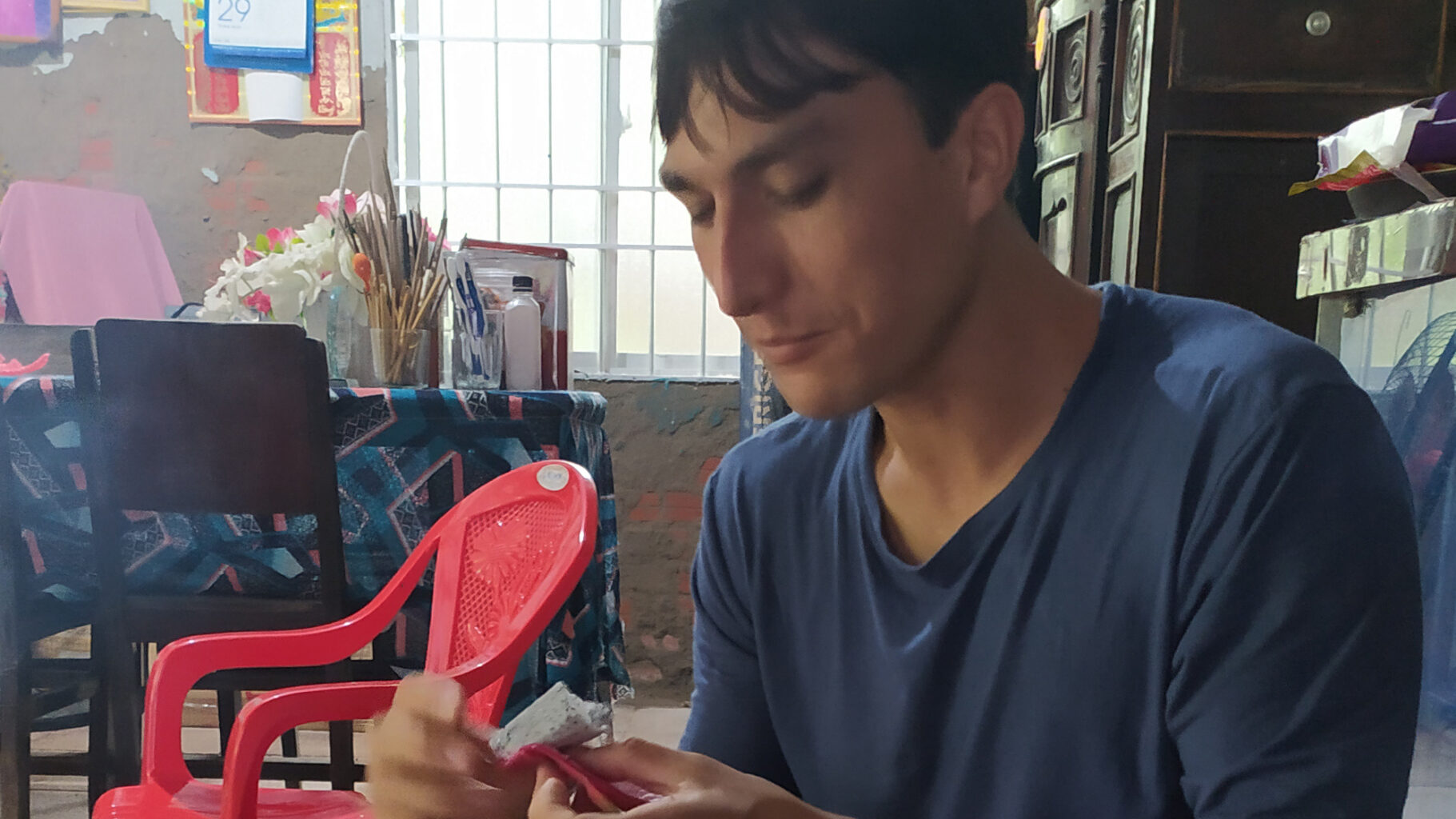By Nicholas Shell, Seawater Solutions Global Project Manager (Asia) 2020

You would be forgiven for thinking Seawater Solutions was a Salicornia farming company, but in reality, we’re developing solutions for a much wider range of environmental problems around salinity – one of them is creating market opportunities for other naturally salt tolerant halophyte plants. In 1989 a data of halophyte plants called ehaloph was created by Dr. James Aronson ‘compiled for anyone growing or planning to grow halophytes’. Today that list totals 1,280 species.

Above are pictures from our visit to Mai Gia Farm which is growing salt tolerant dragon fruit in Ca Mau Province, Vietnam. Dragon fruit is an epiphytic plant which, in nature, grows on the trunks or branches of larger trees. Instead of growing on concrete pillars and supplementing nutrients (conventional among dragon fruit farms in Vietnam), Mai Gia Farm grows them on mangrove trees which grow in flooded salt marshes. The effect of minerals from the salt water and nutrients from tree trunks brings an entirely unique flavor to the dragon fruit compared with fruit grown on concrete pillars. Getting to this point has not been simple, as Mai Gia Farm has been developing these techniques since 2010 and only 2 years ago began selling their produce. Stories of perseverance like these are common among farmers growing salt tolerant crops.

The more we look the more we find salt tolerant plants and farmers growing them around Vietnam – and often in the unlikeliest of circumstances. So far we’ve found 15 halophyte species in the country which are both grown and used among farmers around the country. One of our most important objectives next year will be to catalogue these species, develop commercial opportunities, and bring together those developing these crops to turn halophytes into a viable climate change solution.
Photos credit Mai Gia farm: https://trangtraimaigia.com/